As the demand for outdoor LED display screens continues to surge across industries like retail, transportation, and smart cities, the importance of selecting the right supplier becomes increasingly critical. One of the most common dilemmas buyers face is whether to work with an OEM (Original Equipment Manufacturer) or a direct outdoor LED screen supplier. Both options have their unique benefits and drawbacks, depending on your project goals, budget, and timeline. In this article, we’ll break down the key differences, advantages, and limitations of each, helping you make the most informed decision.
OEM suppliers are manufacturers that produce LED display products based on the specifications of another brand or reseller. Essentially, they design and manufacture outdoor LED screen components or full systems that are rebranded and sold by other companies.
Direct suppliers are manufacturers that handle the design, production, and sale of their own LED screens. They typically offer full-service solutions, including customization, installation, and technical support.
1. Product Customization Capabilities |
OEMs typically offer broader customization for branding, housing, and packaging, while direct suppliers focus on structural or performance-related customizations like pixel pitch, resolution, and enclosure design. |
2. Pricing & Cost Efficiency |
OEMs generally offer more flexible pricing for bulk orders, making them ideal for distributors or resellers. However, direct suppliers may offer better value over time through superior quality and long-term service savings. |
3. Quality Control & Standards |
Direct suppliers have in-house QA/QC processes and often adhere to strict international standards. OEM quality varies depending on the client’s specifications and their willingness to pay for higher-grade components. |
4. Lead Time & Flexibility |
OEMs may take longer due to multi-party communication. Direct suppliers offer better turnaround time for revisions, updates, and urgent deliveries, particularly for custom projects. |
5. After-Sales Support & Warranty |
Direct suppliers usually provide full lifecycle support: training, installation, maintenance, and warranty service. OEMs often leave this to resellers, which may lead to fragmented customer support. |
6. Communication & Responsiveness |
Dealing directly with the manufacturer ensures better responsiveness and technical clarity. OEM processes often involve intermediaries, which can slow down decision-making. |
The best choice depends on your business model, scale, and technical needs.
Are a distributor, systems integrator, or agency looking to resell under your brand
Need cost-effective solutions for large-scale orders
Don’t require deep involvement in product engineering
Require hands-on control over product quality and performance
Need full technical support from design to deployment
Are managing high-stakes projects like stadiums, public infrastructure, or DOOH networks
Regardless of which route you choose, be cautious of these red flags:
Unverifiable Production Claims: Ask to visit factories virtually or request third-party certification.
Vague Product Specs: Always request detailed spec sheets and component lists.
Inconsistent Communication: Delays and lack of clarity are early signs of poor project management.
No After-Sales Framework: Ensure there's a documented support and warranty process.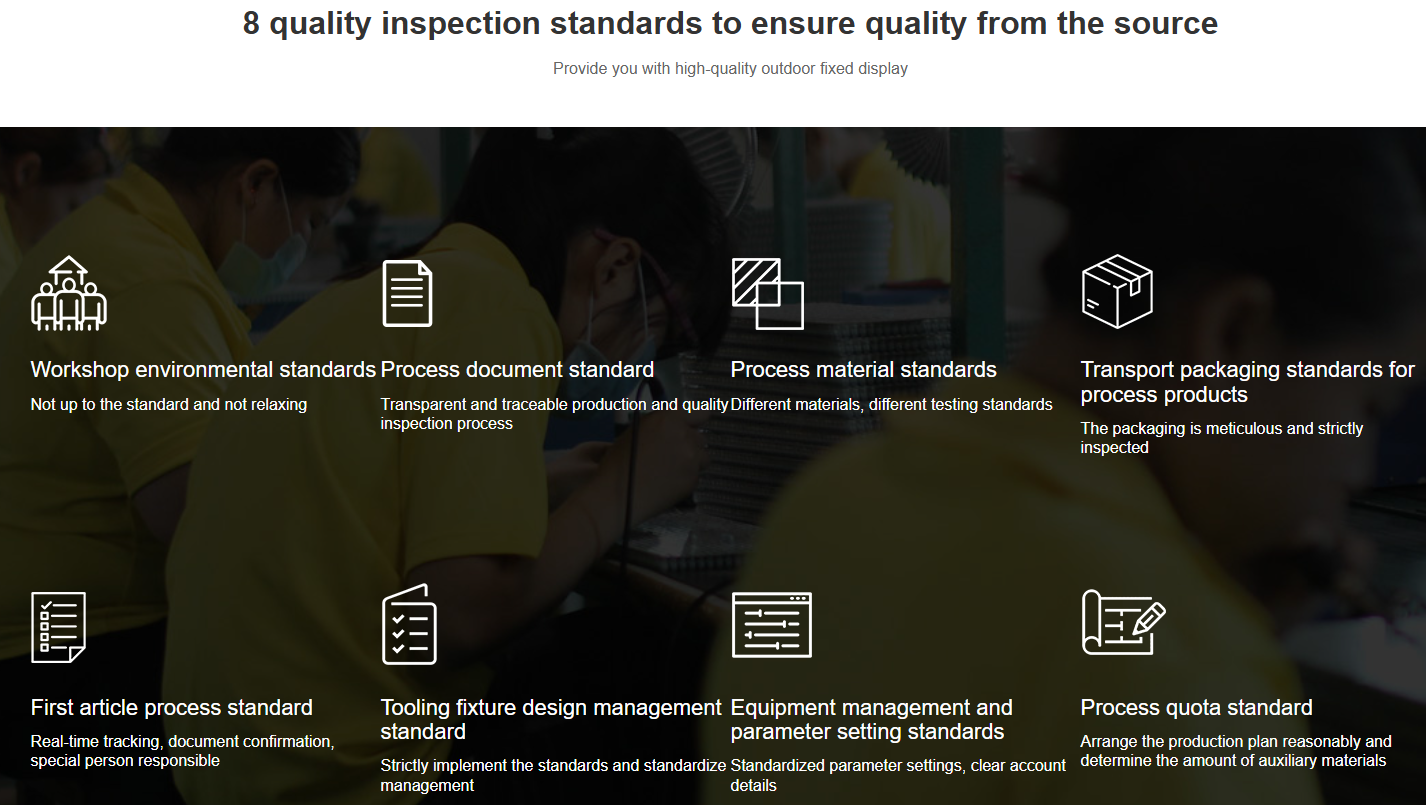
Choosing between an OEM and a direct outdoor LED screen supplier is not a one-size-fits-all decision. OEMs can offer brand flexibility and lower initial costs, making them ideal for resellers and agencies. On the other hand, direct suppliers provide tighter control over quality, technical support, and long-term service — essential for large-scale, high-visibility installations.
Assess your project scope, technical requirements, and long-term goals before choosing. Whether you're building a smart city infrastructure, launching a nationwide advertising campaign, or simply expanding your digital signage portfolio, your supplier strategy plays a critical role in success.
OEM (Original Equipment Manufacturer) refers to companies that manufacture LED screens or components that are rebranded and sold by other businesses. OEMs often do not sell directly to end-users.
It depends. Some OEMs offer direct support, but in most cases, warranties and service are handled by the reseller or brand that sourced the product from the OEM.
Not always. While direct suppliers may have higher unit costs, they often offer better long-term value through reliable service, faster delivery, and premium quality.
Not necessarily. Quality depends on the OEM’s manufacturing standards and your specific order specifications. However, direct manufacturers often provide stricter quality control and traceability.
Request factory videos, production certifications (ISO, CE, RoHS), and perform virtual or in-person audits. A legitimate manufacturer should be transparent and willing to validate their operations.
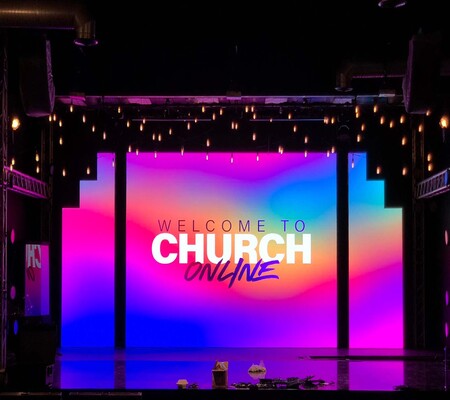

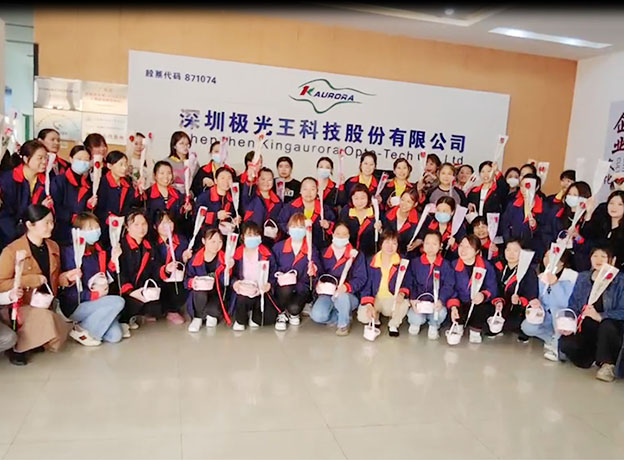
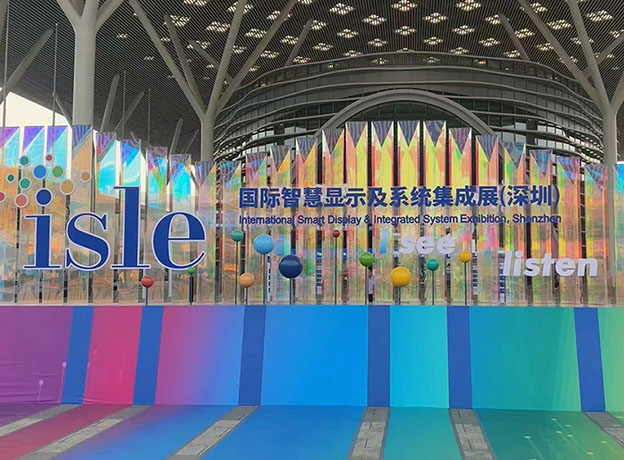
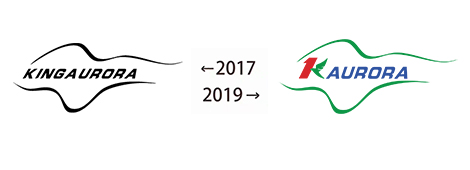
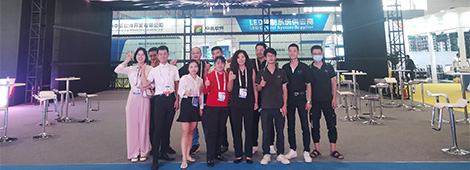
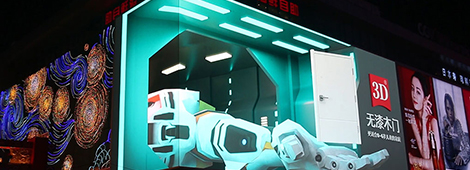
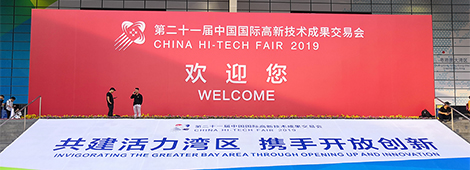
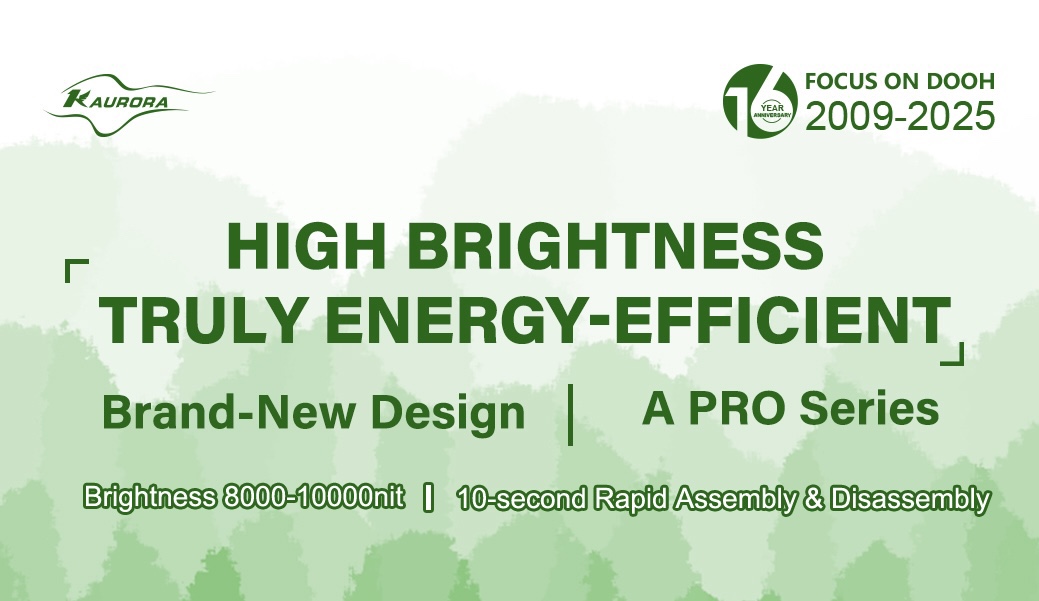

3th Building,Gaosite Zone Pingshan
New District, Shenzhen

sevice88@kingaurora.com
3th Building,Gaosite Zone Pingshan
New District, Shenzhen